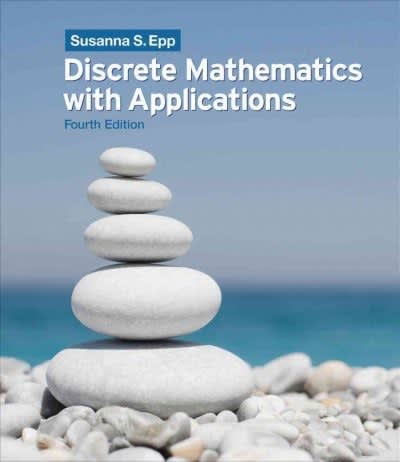Question
1.Please identify two INCORRECT statements from the following. Two answers are required. A)Time series design, to see if observed trend after an intervention is different
1.Please identify two INCORRECT statements from the following.Two answers are required.
A)Time series design, to see if observed trend after an intervention is different from an expected natural trend without the intervention, is considered a type ofquasi-experimental design.
B)Cohen's d is a measure of effect andtells us how far apart the two means are. Cohen's d is equally suitablein situations where we use Independent samples and also where Paired Samples t test is appropriate.
C)P value of <0.05 for an assumption test means the assumption is violated, whatever that assumption or requirement may be e.g. normality, equal variance etc.
D)Before and after types of studies are nottrue experiments.
E)We use 'average' standard deviation to calculate Cohen's dinstead of 'Pooled' standard deviation as average SD is good approximation of pooled value but without all the complexity.
F)If 95% confidence interval for mean difference does not include zero we reject null and results are not only statistically significant but they are also always practically meaningful.
G)Ifp value from any assumption testis >.05, it means the study findings could be due to random chance and results arenot statistically significant.
2.An academic wants to find out if current students have performed equally well or may be outperformed the previous students; for this purpose the current average mark for the first written assignment will be compared to the average from previous five semesters. Which test should be used for this comparison?
A)Paired samples t test
B)Pearson's Chi Square test
C)One sample t test
D)Independent samples t test
Step by Step Solution
There are 3 Steps involved in it
Step: 1

Get Instant Access to Expert-Tailored Solutions
See step-by-step solutions with expert insights and AI powered tools for academic success
Step: 2

Step: 3

Ace Your Homework with AI
Get the answers you need in no time with our AI-driven, step-by-step assistance
Get Started


